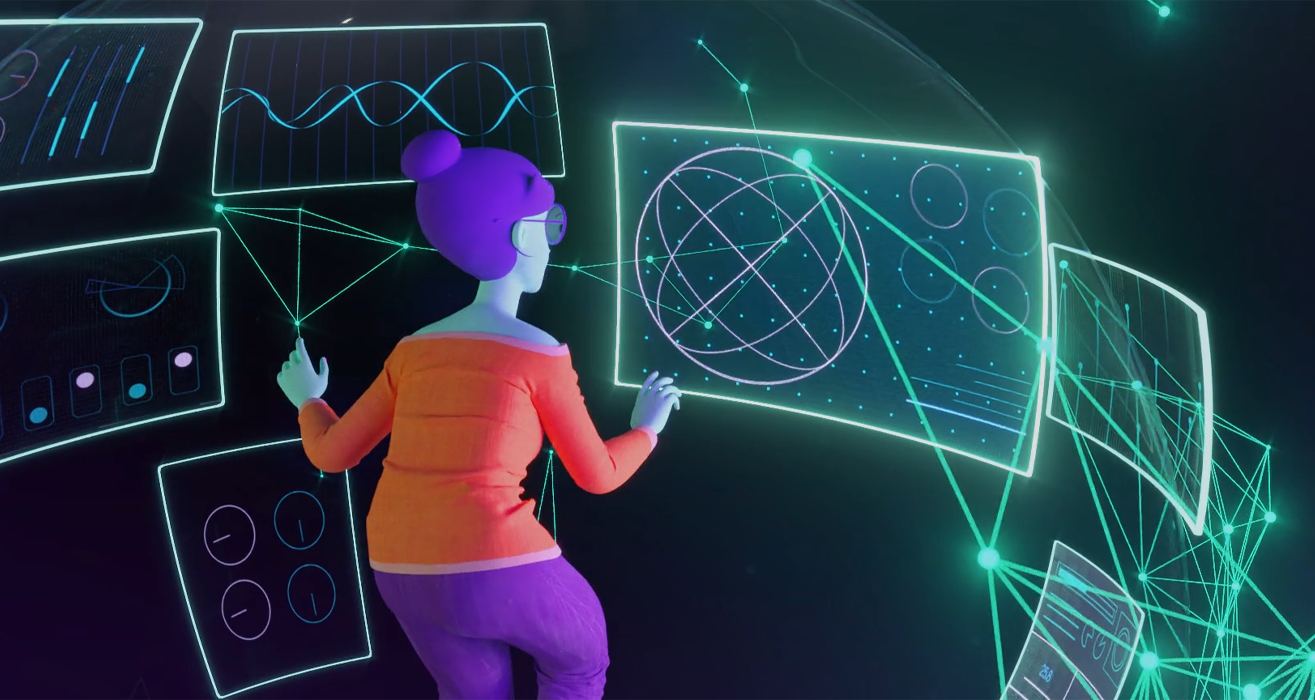After a continuous progression of AI’s capabilities, generative technology has now entered the realm of 3D modelling. Through text and image-to-3D programs, realistic models can now be produced in a fraction of the usual time. While AI still has limitations when it comes to stylization, clean topology, and understanding of a client’s needs, implementing the technology into your toolkit can save time, energy, and further streamline the creative process.
One way in which 3D models are generated is through text prompts. Whether the prompt is a simple noun or a detailed description, the text is first converted into a 2D image, which is then transformed into a 3D model ready to be imported into any 3D modelling program. When it comes to creating a scene made up of multiple objects generated by AI, the differences in stylization can cause the project to look disjointed. What generative models are great for in this case is creating a base – by getting the basics of an object down immediately, you can spend more time crafting a unique sense of style.
Skipping past the text prompt stage and solely providing a 2D image is another way of generating 3D art through AI. This is fantastic for bringing rough sketches to life while ideas remain fresh. By reducing the time between an idea and its actualization in a 3D world, you can keep that creative spark ignited and continue brainstorming whilst simultaneously seeing if your ideas work in terms of scale and style. When you’ve got your finalized idea, you can then clean up, re-topologize and get started on the finer details.
Along with image and text to 3D technology, other tasks within the artistic process can be streamlined with AI too, such as rigging, lighting, and texturing. When an idea for an object’s texture pops up, you can generate AI art immediately to see if it, or any variations of that design, work. With a range of alternative designs at your fingertips, you can test out options before committing to one, reducing the risk of spending time on a design only to find out it doesn’t quite work.
The capabilities of AI are constantly improving, and artists & animators can benefit from collaborating with it. If you would like to learn more about how artists can implement AI into their toolkit, feel free to contact us at hello@synima.com.



